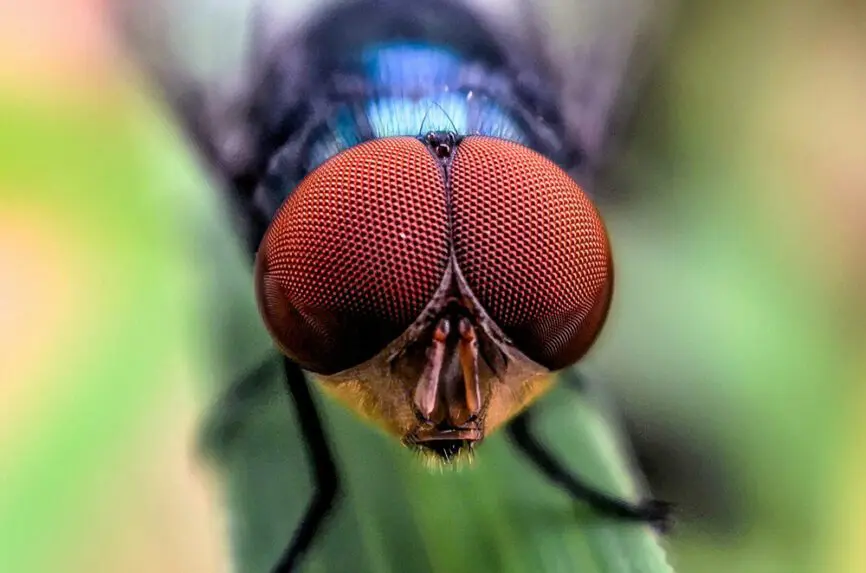The Ethics of Deliberate Extinction
Principal Investigators: Gregory E. Kaebnick, James Collins
Co-Investigator: Athmeya Jayaram
Funder: National Science Foundation
Start date: August 2023
May we eradicate a species through genome modification strategies? Many of the uses envisioned for genome modification of wild populations of nonhuman species aim to preserve or even extend biodiversity—modifying a population to have a new trait, maybe creating a new species or bringing an extinct species back into existence. What about a use meant to lose biodiversity?
Several prospective cases for species extinction can now be envisioned. Candidate species for full extinction include the new world screw worm (above), which eats the living flesh of warm-blooded animals, including human beings, and mosquitos that transmit infectious diseases such as malaria. Invasive mice and rats, which pose public health and environmental threats to threatened and endangered species in many places, are candidates for at least localized extinction, and a question then arises of whether risk of more widespread effects is tolerable.
This project advances critical thinking about such possible uses. It also contributes to thinking about the ethics and governance of genome modification itself. Is genome modification better or worse than other strategies for changing wild populations? And who should participate in decisions about using genome modification to eradicate a species? By examining such questions, the project supports regulatory oversight and promotes broad public deliberation about genome editing.
Findings are being shared through an open-access report and publications for professional and nonprofessional audiences. Published work to emerge from the project to date includes:
https://www.science.org/stoken/author-tokens/ST-2629/full “Deliberate extinction by genome editing: An ethical challenge” (Science, May 15, 2025)
“The Existential Possibilities for Genome Modification of Species” (Bioethics Forum, May 15, 2025)
Robert L. Fischman et al., “A landmark environmental law looks ahead” Science, December 21, 2023)

